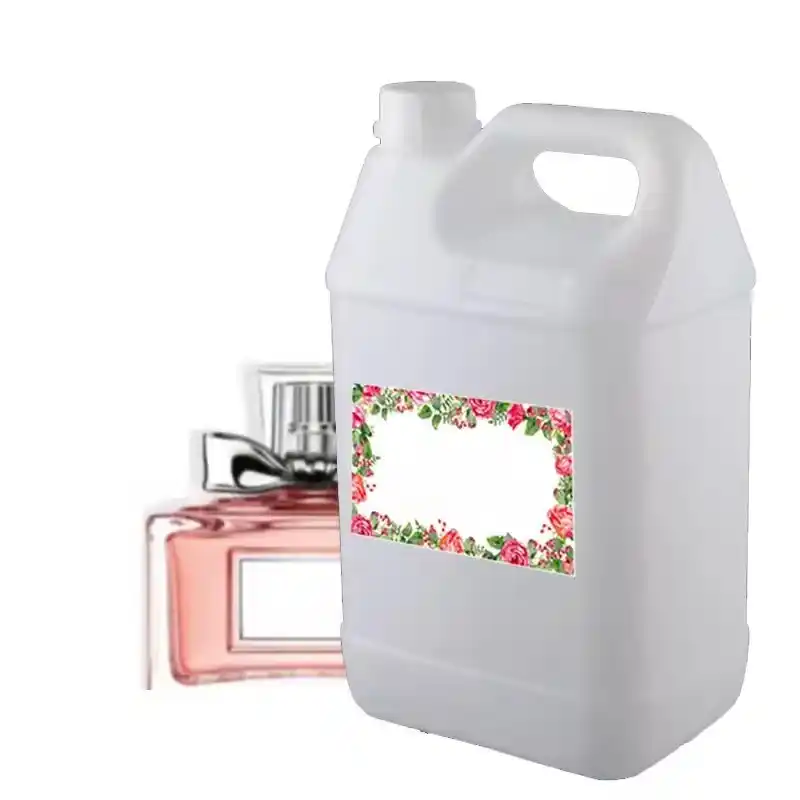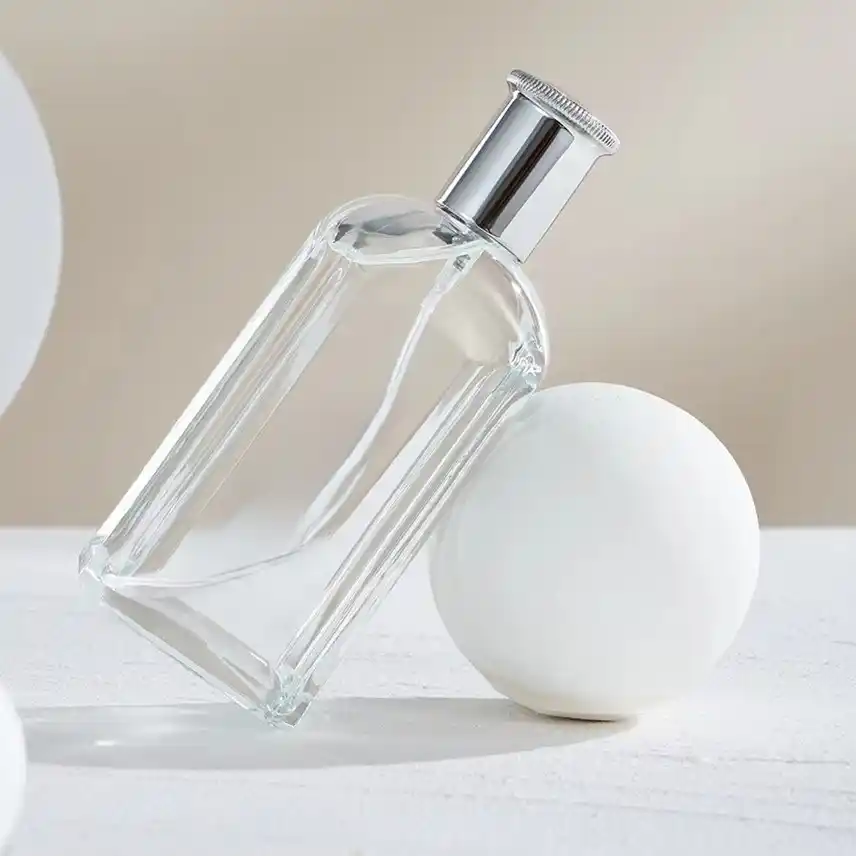



You want speed, clean execution, and a scent that actually sells. Great. Before you ping a factory with “we need a fresh floral,” do this prep. It trims sampling rounds, stops back-and-forth emails, and protects your margin. I’ll keep it simple, practical, a bit no-nonsense.
Quick context: I’SCENT is an OEM/ODM Fragrance Oil & Perfume Raw Materials manufacturer with 20+ senior perfumers, 40,000+ formulas, and replication accuracy up to 98%. Samples 1–3 days. Production 3–7 days. 5 kg low MOQ (existing formula); 25 kg typical for custom. IFRA, ISO, GMP, Halal certified. Full traceability via ERP. If you need more on that, see:

You’ll brief faster if you answer the things factories always ask anyway.
Who’s the buyer? Where do you sell? What’s the ticket? Don’t write essays. Write bullets.
Why it matters: a perfumer tunes lift, bloom, and tenacity for a use case. A $-lean shampoo line won’t take the same profile as a luxury EDP. If you hide the band, the lab guesses and the project drifts.
Give a direction they can smell in their head:
Be kind to your future self: write what you don’t want as clearly as what you do.
Say exactly where the oil goes. Same direction can fail if the base is wrong.
If you’re unsure, point to a relevant category page so the lab sees the context: Fine Fragrance or the broader Fragrance Oils.
Compliance is not last-minute paperwork. Put it in your brief.
I’SCENT maintains IFRA/ISO/GMP/Halal and runs an ERP with full traceability—use that in your retailer submissions. If you need the checklist, jump into the FAQ.

You don’t need price math in the brief, but you do need guardrails:
Pack drives formula choices. Call out:
Pick the depth that fits your brand and your calendar.
| Path | When it fits | What you prepare | Pros | Watch-outs |
|---|---|---|---|---|
| OEM (custom creation or replication) | You need a distinct signature, or you want a high-fidelity replica of a market scent | Full brief (market, vibe, benchmarks), no-go list, application, pack, compliance pack | Brand-ownable profile, tighter GC–MS match for replication, better long-term equity | Needs tighter feedback; MOQ typically higher (25 kg typical for custom) |
| ODM (catalog selection / light tweaks) | You need speed and risk control; you’re testing | Application + “direction,” minor tweaks (dosage, sweetness, muskiness) | Quickest path; lower dev overhead | Less unique; make sure the fit-for-use (detergent safe? candle throw?) is proven |
See both tracks described on the OEM/ODM Customized Manufacturer page, then decide.
Keep it tight. Two or three rounds should land it if your brief’s solid.
How to comment like a pro (and not drown your lab):
Pro tip: send quick clips or voice notes. Writing long PDF pages makes people skip.
Make the gates explicit in the brief so nobody argues later.
You can skim similar stories on Fragrance Oils Customer Cases.

| What to prep | How deep to write | Why the factory cares | How I’SCENT supports |
|---|---|---|---|
| Target customer & channel | 3 bullets: who, where, price band | Tunes accord style, tenacity, and dosage to the job | Category-specific advice via Fragrance Oils |
| Olfactive direction | Family + mood + 2–3 benchmarks + no-go list | Keeps the lab inside a clear corridor | 40,000+ references; 98% replication for matches |
| Use scenario | Fine fragrance / personal care / home care / air care | Base + solvent set changes by use | Dedicated lines for each category |
| Compliance pack | IFRA, SDS, COA, allergen list | Retailer, platform, and safety gates | Ready-to-share docs; ERP traceability |
| MOQ & timing | MOQ, sample deadline, launch month | Raw material booking and line planning | Samples 1–3 days, production 3–7 days |
| Packaging | Bottle/closure/material + any claims | Compatibility & stability | Guidance on stress-crack, migration, wick tests |
| Feedback plan | 2–3 rounds, 3–5 bullets each | Avoids “infinite sampling” | One PM to track rounds |
| Format | Typical lab focus | Quick notes for your brief |
|---|---|---|
| EDP/EDT/parfum | Sillage, dry-down, evaporation curve | Call your dosage range; if you want “skin-scent,” say it |
| Shampoo/body wash/lotion | Surfactant/emulsion stability, allergen load, discoloration | Tell base type (SLES/SLS/ampho?), pH band, no discolor? |
| Detergent/dish/surface | Alkaline/bleach tolerance, malodor masking | If you chase soil-release or bleach, highlight early |
| Reed diffuser/aerosol | Solvent safety, diffusion rate, cold vs. hot throw (for aerosols: burst character) | Share solvent constraints, VOC limits |
| Candle | Hot throw, wick, wax chemistry | Name wax (soy, paraffin, blend), intended load, wick type if known |
A clear brief isn’t paperwork; it lets you launch faster with fewer revisions. That’s money saved and opportunities captured. With I’SCENT, the ops side is built for pace—1–3 days for samples, 3–7 days for mass production—so your campaigns or retail windows don’t slip. The 5 kg low MOQ lets you pilot SKUs without over-commit. If you’re scaling, the team can lock your spec and run repeatable batches under ERP control. That’s how you push more units with less noise.
Subject: OEM/ODM Fragrance Oil Brief – [Brand/Project]
Hit send. Keep your replies short and decisive. You’ll move.